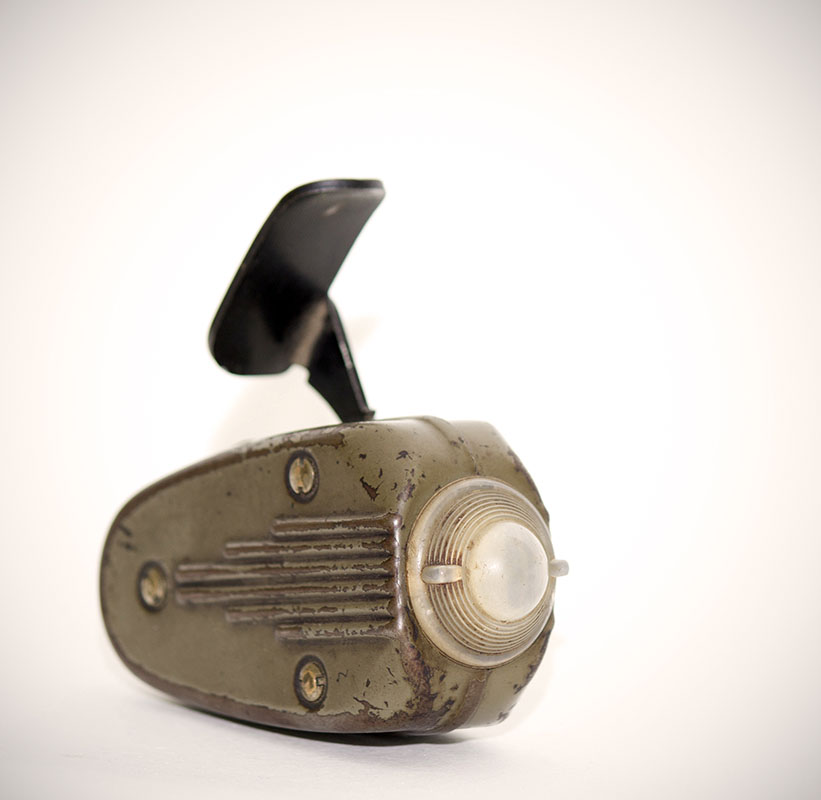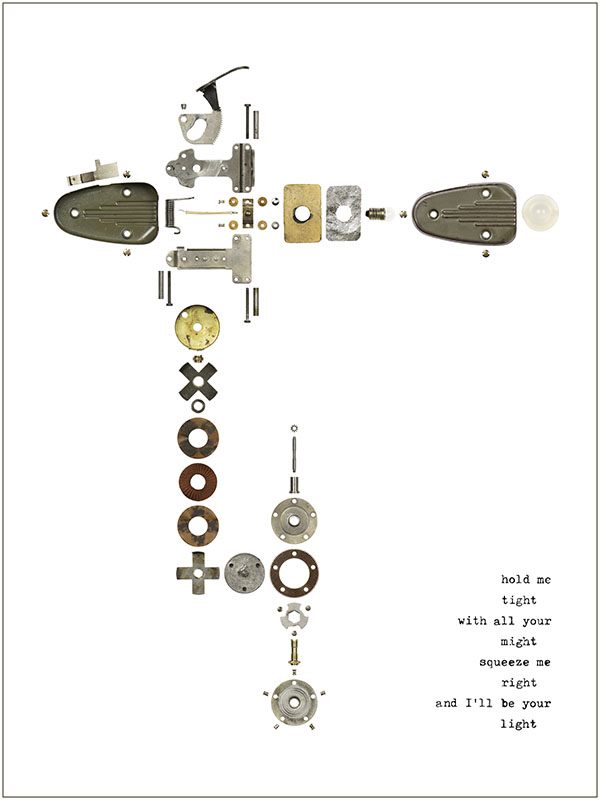
The Rise and Fall of the Neanderthal
The Dyno Torch, an ancient handheld device converting mechanical energy into light, was invented some time after the wheel, but before the discovery of fire. It didn’t get its name till 1836, when one was unearthed by British archaeologist H.K. Rosenthal in the hills near present day Siebengewald, on the Dutch-German border.
But in fact, the name ‘dyno torch’ was a rather unfortunate choice. First of all, it was crafted by Neanderthals, so there hadn’t been any dinosaurs around for ages at the time of its invention. And secondly, it’s a bit odd to call something a torch, when fire was yet to be discovered.
It was advanced technology for the time, to be sure. We do not know exactly how the Neanderthals could have built it, considering they couldn’t even make fire to extract metal from ore. Possibly, aliens were involved. But ironically, it was their advanced dyno torch that ultimately became the Neanderthals’ downfall.
When they eventually learnt about fire, many decades later, they considered it technologically inferior to their dyno torch and refused to use it. Unfortunately, while the dyno torch gave them the ability to see in the dark and to some extent did keep them warm, just from the exercise required to pump it, it lacked some important benefits of fire. It wasn’t very good at keeping dangerous animals at bay, or at cooking the meat from less dangerous animals.*
And that’s why Homo sapiens triumphed and leads the evolutionary pack. For now.






